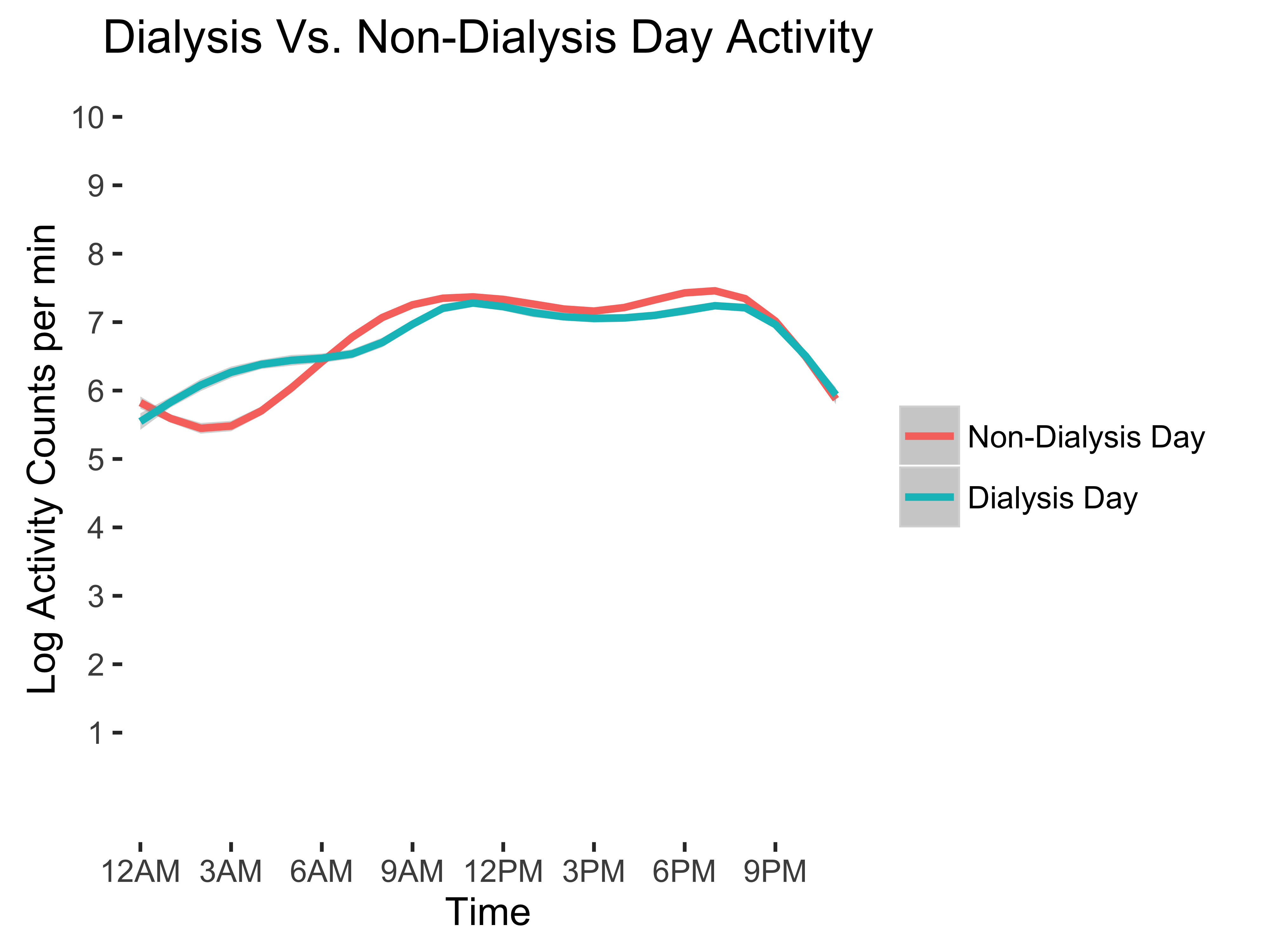Impact of a Novel Prehabilitation Program in Kidney Transplant Candidates.
Johns Hopkins, Baltimore, MD
Meeting: 2017 American Transplant Congress
Abstract number: A110
Keywords: Kidney transplantation, Waiting lists
Session Information
Session Name: Poster Session A: Deceased Donor Issues I: Allocation, KDPI and Recipient Selection
Session Type: Poster Session
Date: Saturday, April 29, 2017
Session Time: 5:30pm-7:30pm
 Presentation Time: 5:30pm-7:30pm
Presentation Time: 5:30pm-7:30pm
Location: Hall D1
Background: Prehabilitation is the process of enhancing surgical patient functional capacity prior to surgery to improve tolerance for the upcoming physiologic stress. While prehabilitation has been successfully applied to colorectal cancer surgery, it has yet to be studied among KT recipients. KT is an ideal surgical setting for prehabilitation, because candidates often have to wait months to years for a deceased donor or spend months identifying an appropriate live donor. While awaiting KT, candidates experience a profound loss of functional capacity due to aging, chronic conditions, and the stress of undergoing dialysis.
Methods: We enrolled 19 KT candidates who were within 3-6 months of KT into a study of prehabilitation. Participants attended weekly 1 hour physical therapy sessions at an outpatient rehabilitation center and wore Actigraph actigraphy monitors for 1 week after enrollment and after 1 month of prehabilitation. We tested for changes in physical activity levels between enrollment (before prehabilitation) and at 1 month of prehabilitation using a t-test of the mean log activity counts per day.
Results: The participants were aged 32-72 (mean=54; SD=14). Overall, patients awaiting KT were sedentary, both on the days they received dialysis as well as the non-HD days (Figure). The daily mean log activity count on dialysis days was 6017 compared to 4165 on non-dialysis days. The daily mean log activity count before prehabilitation was 4614, increasing to 5509 after 1 month of prehabilitation, representing a 19% improvement in activity resulting from prehabilitation. Importantly, these improvements were seen both on HD days (5% improvement) and non-HD days (21% improvement), suggesting that the impact of prehabilitation extended beyond the prehabilitation sessions themselves.
Conclusions: While physical activity levels of patients aged 32-72 awaiting KT were profoundly low (even lower than community-dwelling older adults aged ≥75 years), prehabilitation improved physical activity levels both on dialysis and non-dialysis days. Further study will reveal the impact of prehabilitation on waitlist and post-transplant survival.
CITATION INFORMATION: McAdams DeMarco M, Ying H, Nastasi A, Segev D. Impact of a Novel Prehabilitation Program in Kidney Transplant Candidates. Am J Transplant. 2017;17 (suppl 3).
To cite this abstract in AMA style:
DeMarco MMcAdams, Ying H, Nastasi A, Segev D. Impact of a Novel Prehabilitation Program in Kidney Transplant Candidates. [abstract]. Am J Transplant. 2017; 17 (suppl 3). https://atcmeetingabstracts.com/abstract/impact-of-a-novel-prehabilitation-program-in-kidney-transplant-candidates/. Accessed December 25, 2025.« Back to 2017 American Transplant Congress
